Every day, billions of human digital actions take place almost instantly, from video calls, international transactions, to cloud storage. Behind that seamlessness lies a massive infrastructure system, the core of which is the undersea fiber optic cables - the physical "backbone" of the global Internet.
More than 600 cables operating under the ocean floor with a length of 1.3 million km are responsible for transmitting more than 98% of international data traffic, making them the lifeblood of the digital economy .
Underground highways determine the digital world
Vietnam is connected to the world through many routes including submarine cables, land cables, satellites, etc. However, submarine cables are the main form, accounting for over 90% of international capacity, located on 6 main submarine optical cable routes, including SMW3, AAG, IA, APG, AAE-1, ADC. This system plays a key role in all activities, from personal communication, e-commerce, to international financial transactions and global supply chain management.
A failure on these cables can immediately impact socio-economic activities on a large scale. This shows the importance and necessity of ensuring a stable and solid connection infrastructure.
The development of breakthrough technologies such as artificial intelligence (AI), big data and cloud computing has created a need to upgrade and expand the connection infrastructure. The performance of this technology depends directly on two factors: bandwidth (the ability to transmit large amounts of data) and latency (response time).
Training complex generative AI models requires processing and moving data sets that can be petabytes (1 petabyte = 1 million gigabytes) between data centers around the world. Without high-bandwidth cables, this process would become congested, slowing down AI research and deployment.
Viettel is the Vietnamese enterprise that invests in the most submarine fiber optic cables. |
Meanwhile, the nature of Cloud is the ability to access computing resources from anywhere. This can only be done thanks to a high-speed, low-latency connection network between end users and the data centers of the world's leading providers.
Viettel builds a bridge connecting Vietnam with the world
Vietnam’s national digital transformation strategy to 2025, with a vision to 2030, identifies three main pillars: digital government, digital economy, and digital society. The strategy emphasizes that digital infrastructure “must be one step ahead”. To materialize this vision, the information and communications infrastructure planning for the 2021-2030 period sets specific goals for the submarine fiber optic cable system.
Accordingly, by 2030, Vietnam aims to deploy and put into operation at least 10 new submarine optical cable lines, bringing the total number of submarine optical cable lines to at least 15 lines with a minimum capacity of 350 Tbps. This strategy makes Vietnam one of the regional data centers.
By 2035, Vietnam's international fiber optic cable system is expected to be among the leading in the region in terms of quantity, capacity and quality, aiming to ensure 90% of connection capacity to major digital hubs in Asia and 10% of backup capacity to digital hubs in America and Europe.
ADC (Asia Direct Cable) - an Intra-Asia submarine cable, nearly 10,000 km long, connecting 7 landing stations. Graphics: Nguyen Long. |
Currently, Viettel is the Vietnamese enterprise investing in the most submarine optical cable lines. Including the first trans-Pacific AAG cable line connecting Southeast Asia directly with the US; the IA (Intra Asia) cable line connecting countries in the Asian region, currently the cable line with the lowest connection latency from Vietnam to Singapore. Viettel - the only network operator in Vietnam, is the investor and operator of the landing station in Vietnam.
The APG (Asia Pacific Gateway) line is capable of providing bandwidth up to 54 Tbps, connecting 8 countries/territories in the Asia-Pacific region. Meanwhile, AAE-1 (Asia-Africa-Europe 1) is an international submarine optical cable connecting Asia, Africa and Europe. Viettel currently owns a landing station of this cable line, which is also the only cable line that connects directly to Europe.
ADC (Asia Direct Cable) is the newest and most modern cable line, announced by Viettel Solutions to be inaugurated in December 2024 and officially put into commercial operation in Vietnam from April this year. The total investment capital of the entire ADC line is up to 290 million USD with the cooperation of 9 leading telecommunications groups including Viettel. ADC directly connects all 3 Internet centers of the Asian region including Singapore, Hong Kong (China) and Japan. The maximum capacity of ADC is 50 Tbps, the largest capacity submarine cable line put into operation in Vietnam to date.
This infrastructure is the foundation for Vietnamese enterprises to confidently provide services to the international market, and is also an important factor to attract foreign investors, especially big tech corporations in the world.
Source: https://znews.vn/viettel-xay-huyet-mach-kinh-te-so-ket-noi-viet-nam-voi-the-gioi-post1569363.html


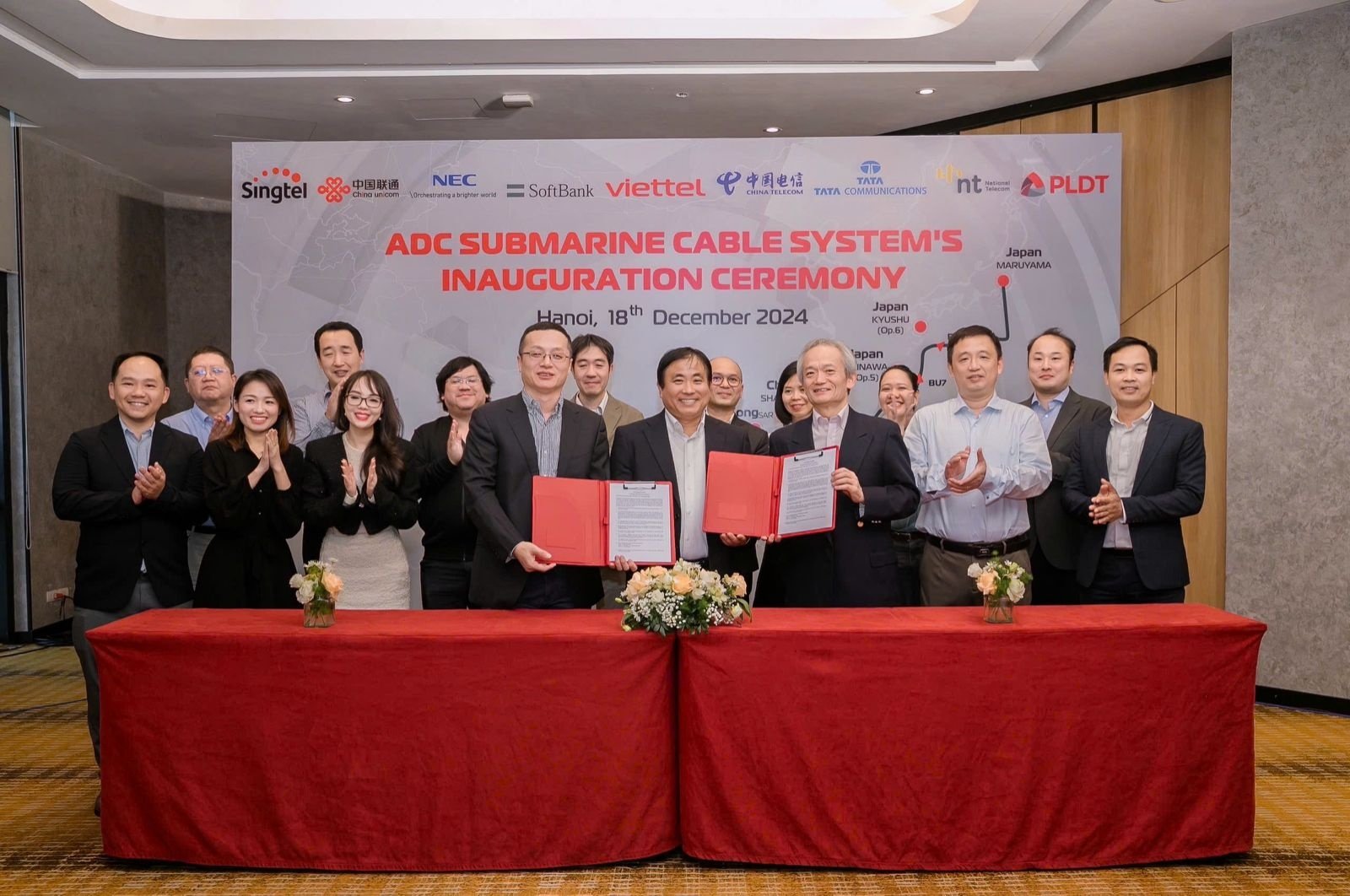
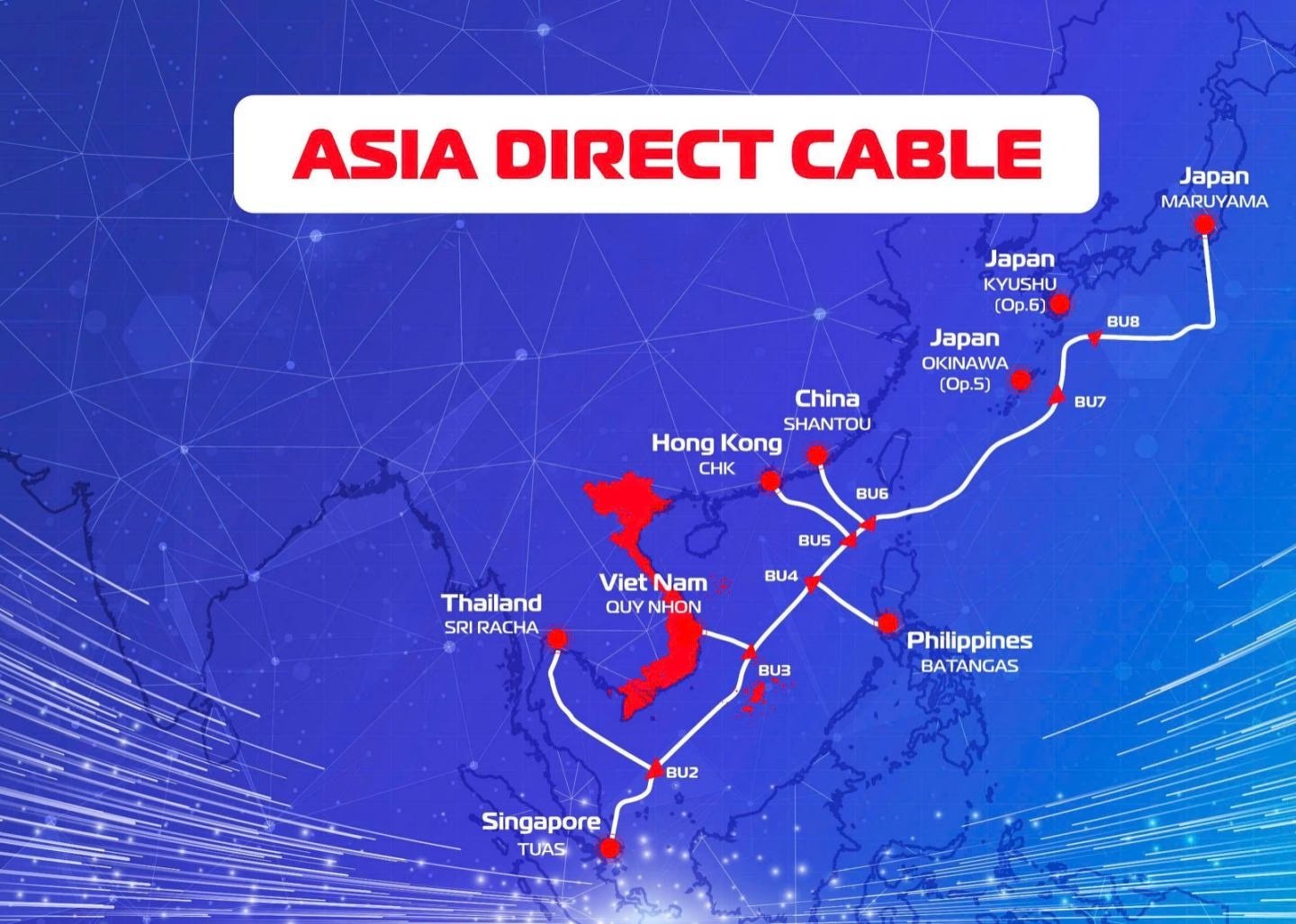


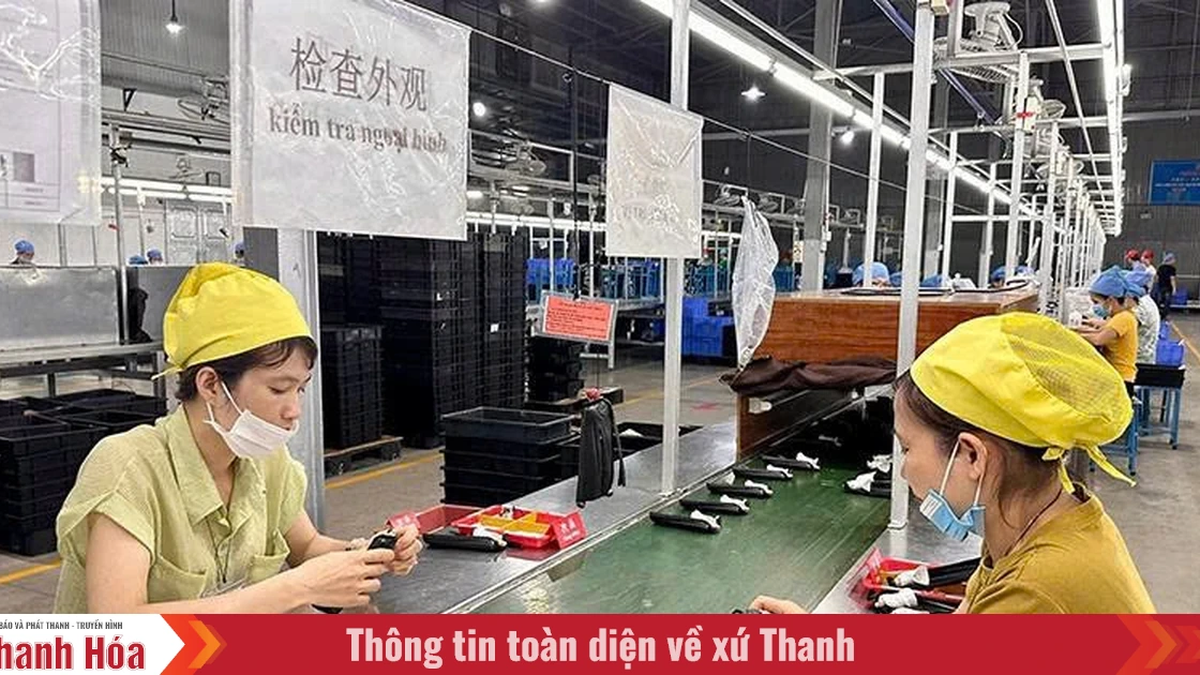
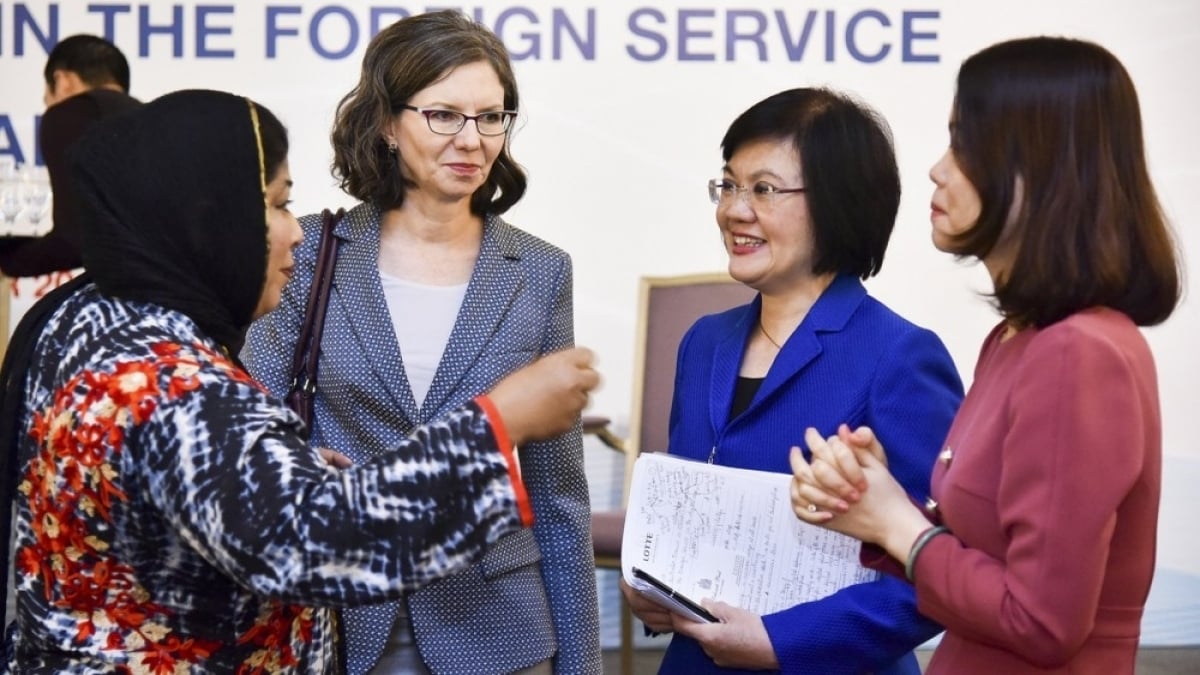

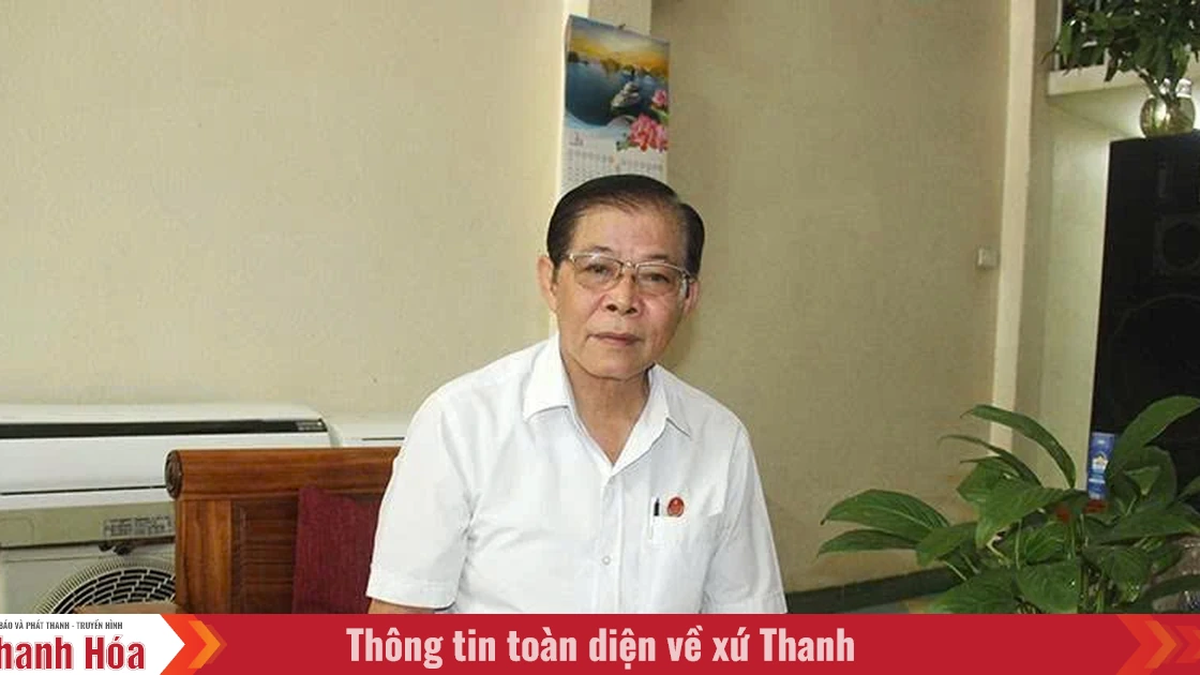

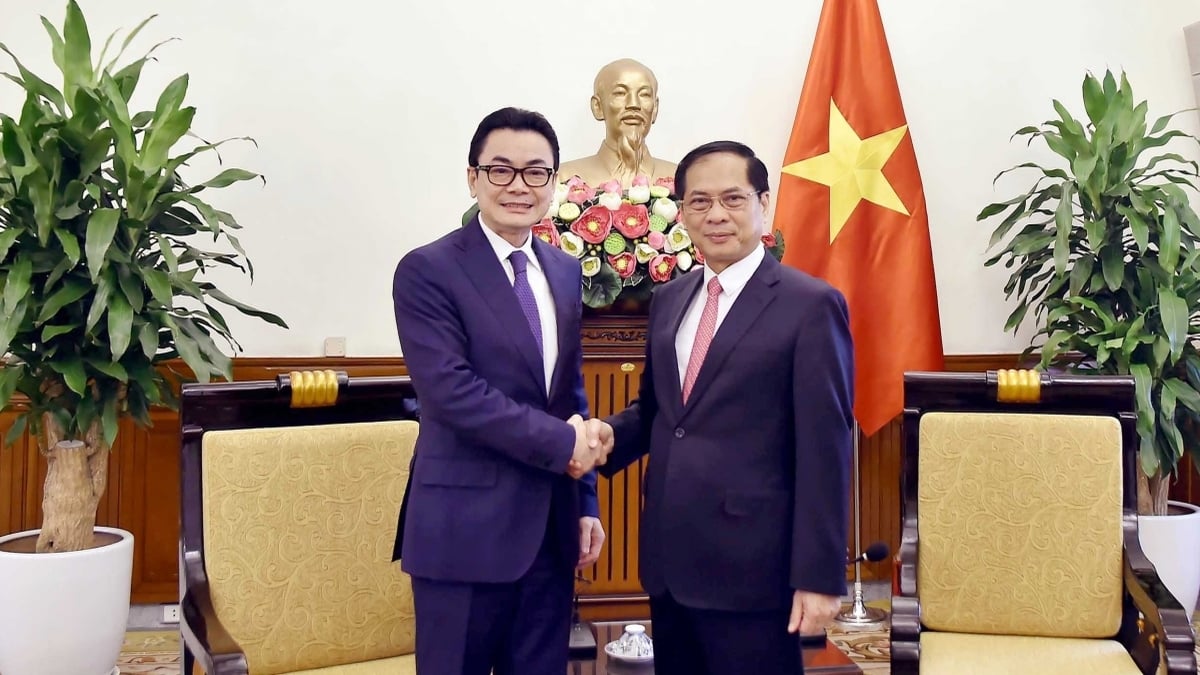

























































































Comment (0)